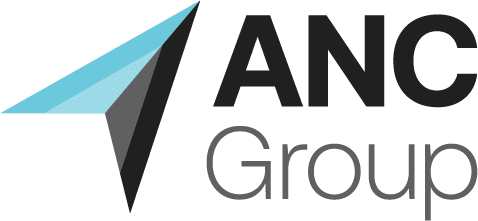Identity and Access Management (IAM) is a set of processes, policies, and technologies designed to ensure that the right individuals in an organization have the appropriate access to technology resources and information.
Think of it like a digital security guard—it controls who has access to what and when.
At its core, IAM involves managing who can access specific resources in a business environment. By verifying user identities and enforcing strict access controls, organizations can protect sensitive data and prevent unauthorized access.
Key Components of IAM
The effectiveness of an IAM solution depends on several key components:
- User Authentication and Verification: Ensures that users are who they claim to be through passwords, biometrics, or other validation methods.
- Role-Based Access Control (RBAC): Assigns permissions based on roles within an organization, ensuring employees access only what they need to perform their duties.
- Single Sign-On (SSO): Allows users to authenticate once and gain access to multiple applications and systems without needing separate credentials for each.
- Multi-Factor Authentication (MFA): Requires multiple forms of verification, such as a password and a one-time code sent to a mobile device, to strengthen security.
- Privileged Access Management (PAM): Protects systems by granting minimal, monitored access for administrative roles to reduce insider threats or misuse.
How Would IAM Benefit Your Business?
If you were to implement IAM IT services and support, how would it change the way your team operates?
1. Strengthening Security
By implementing tools like MFA and PAM, you can minimize the risk of compromised credentials and prevent bad actors from exploiting your systems.
Additionally, IAM reduces the likelihood of data breaches by controlling who has access to critical business assets. Breached data can cost businesses millions and severely damage their reputation—exactly the type of risk an IAM system helps to mitigate.
2. Supporting Regulatory Compliance
Industries like healthcare, finance, and education must adhere to strict regulatory standards such as GDPR, HIPAA, and SOC 2. IAM solutions simplify compliance by ensuring user access is well-documented, strictly managed, and auditable when required.
For example, IAM tools can automate access logging and generate detailed reports, which are invaluable during audits. This can save your business time and effort when proving compliance with industry regulations.
3. Enabling Secure Remote Work
With the prevalence of remote work, employees can now log into corporate systems from virtually anywhere. While this increases flexibility, it also introduces new vulnerabilities.
IAM systems, enabled with SSO and MFA, ensure that remote employees and third-party contractors access only the resources they are authorized to use. This also minimizes exposure to risky networks or devices.
4. Reducing IT Costs and Complexity
IAM IT services and support streamline user provisioning and de-provisioning processes through automation. This means new employees gain appropriate access quickly, while access for departing employees can be revoked immediately—eliminating unnecessary access privileges that could pose a risk.
Automating these tasks also reduces the burden on IT teams, saving time and labor costs while improving overall operational efficiency.
5 Ways to Implement IAM Best Practices Today
IAM is a simple IT concept with a big impact. Here are five things you can implement within the next few months—even all today if you’d like—to strengthen your security.
1. Implement Multi-Factor Authentication (MFA)
Cybercriminals can easily compromise passwords with phishing attacks, but MFA adds an extra layer of security. No single factor breach compromises the system entirely.
2. Adopt the Principle of Least Privilege (PoLP)
The Principle of Least Privilege ensures that users only have access to the resources needed for their specific roles. This minimizes the risk of accidental or malicious data exposure.
3. Automate User Lifecycle Management
Set up automated monitoring and revision processes for access credentials. Provisioning new hires with immediate access and deactivating former employees’ accounts prevents security lapses.
4. Conduct Regular Security Audits
Assess your IAM system periodically to identify risks, remove dormant accounts, and verify compliance with current cybersecurity standards.
5. Educate Your Team
Training employees on secure login practices and the importance of safeguarding credentials can reduce human errors that often lead to breaches. An IT services and support provider can be invaluable in keeping your team up-to-date on the latest security protocols.
Take Control of Your IT Systems
Identity and Access Management isn’t just about adding an extra password or login screen. It’s about enabling businesses to operate securely and efficiently while protecting valuable data. Whether you’re running a small enterprise or managing a large organization, implementing a robust IAM strategy will empower your team to scale confidently while mitigating major risks.
Want to optimize your business’s IT security further? Contact ANC Group, a trusted provider of IT services and support, for expert guidance in implementing IAM solutions tailored to your organization.

